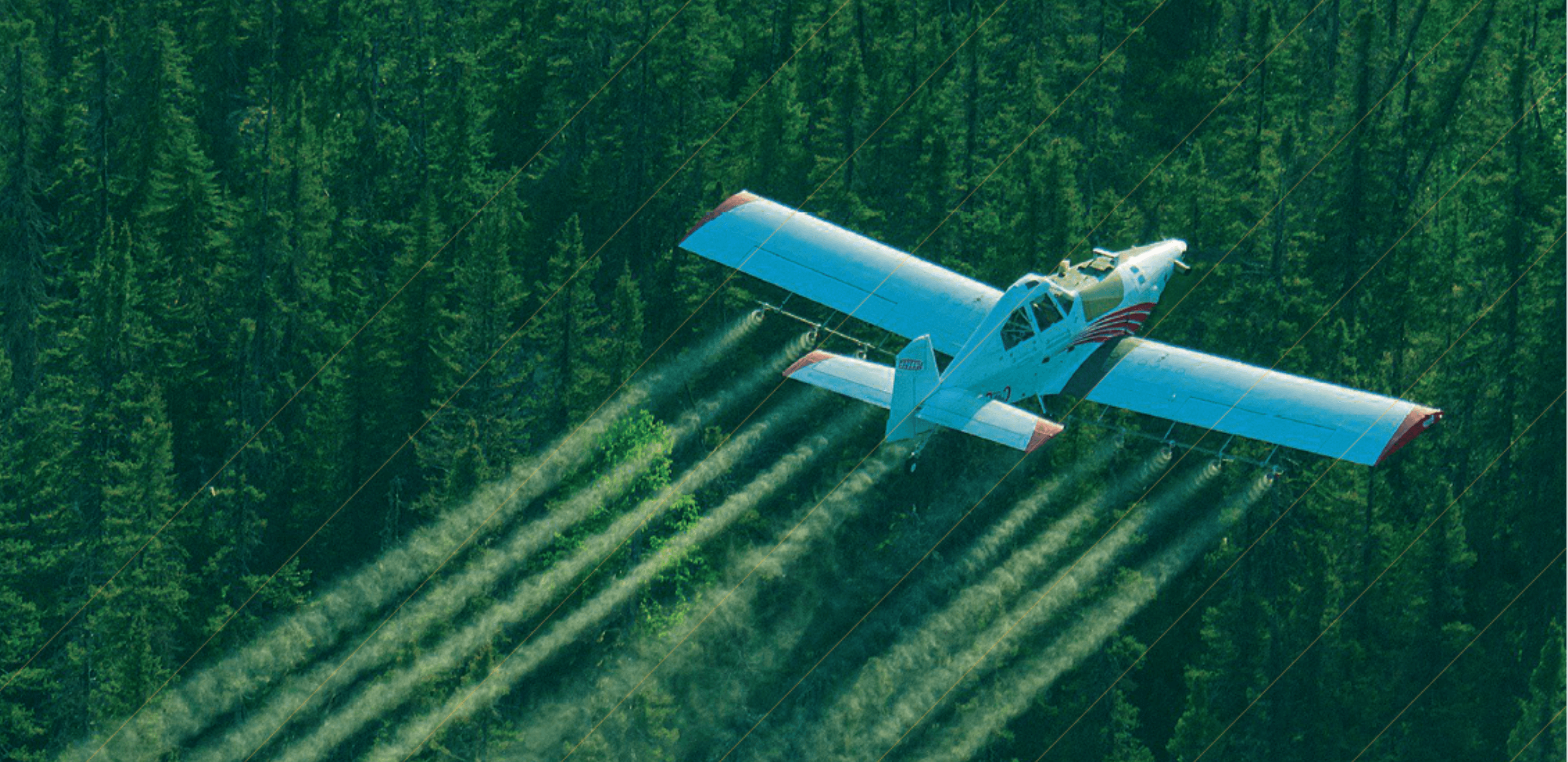Several territories are likely to be affected by the spruce budworm. The SOPFIM applies specific selection criteria to protect forest tracts vulnerable to attacks of the spruce budworm in natural forests of the public domain and large private forests.
- The minimum area to be protected shall be 50 ha (or 20 ha to 49 ha with a maximum distance of 100 metres between);
- It must be composed of species vulnerable to TBT (mainly balsam fir) at a percentage of at least 38%.



